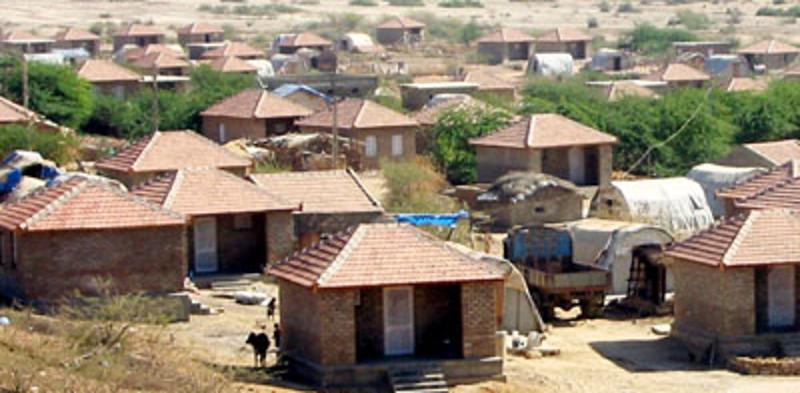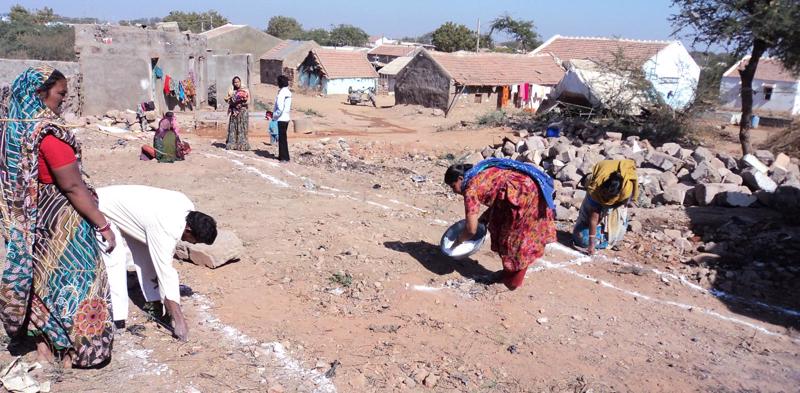My diary
So, where was I… ah yes, reconstruction. It is always interesting for me to watch the whole process of rebuilding an entire area after a hazard and to catch the eventual possibilities of improvement – a sort of rebirth, with all the futuristic projects that are proposed and the most-of-the-times-not-so-good results. What however I would like to deepen into is the topic of ‘community reconstruction,’ a process aimed not only at rebuilding the concrete infrastructure system but also the same social nets at the base of the local community. I have read an article about an on-field comparison between the 5 different types of reconstruction: agency-driven reconstruction in relocated sites (ADRRS), agency-driven reconstruction in situ (ADRIS), community-driven reconstruction (CDR), owner-driven reconstruction (ODR) and a cash approach (CA) – the report study analysed the
lucagambelli1505
15 chapters
16 Apr 2020
Day Forteen: Building back Communities
May 18, 2019
So, where was I… ah yes, reconstruction. It is always interesting for me to watch the whole process of rebuilding an entire area after a hazard and to catch the eventual possibilities of improvement – a sort of rebirth, with all the futuristic projects that are proposed and the most-of-the-times-not-so-good results. What however I would like to deepen into is the topic of ‘community reconstruction,’ a process aimed not only at rebuilding the concrete infrastructure system but also the same social nets at the base of the local community. I have read an article about an on-field comparison between the 5 different types of reconstruction: agency-driven reconstruction in relocated sites (ADRRS), agency-driven reconstruction in situ (ADRIS), community-driven reconstruction (CDR), owner-driven reconstruction (ODR) and a cash approach (CA) – the report study analysed the

situation in the Indian region of Gujarat after the severe earthquake of January 2011, which produced wide damages to quite many villages in the entire area. Each village had the possibility to choose which type of reconstruction they preferred: in total, people opted for the ADRRS, the ADRIS, and the ODR. The main point was that while the first two are the most inefficient ones, with a high cost of operation and high levels of dissatisfaction, the owner driven reconstruction has been resulted to be the best one both in terms of economic efficiency, cost-results relation and community satisfaction.
In particular, the ODR has two benefits: to take the best from the community driven reconstruction, focusing on the cultural and practical needs of the local society, deeply involving the people in the process and thus making them feel empowered, but also to allow the same owners to manage the expenditures and the payments – as a matter of fact, the householder can decide to pay whoever was entitled of the reconstruction process only and only when s/he is satisfied with the final result. This allows avoiding one of the main pitfalls of agency-driven reconstruction characterised by contractors not being accountable to communities, which is one of the main issues related to poor quality of construction. The ORD had been chosen by 73% of the people in the region with a 94% of them being satisfied with the reconstruction against the 23% of those who instead had chosen the ADRRS method. Another good quality of owners driven reconstruction is that it is also aimed at rebuilding all the most important institutions and facilities needed by the community: schools, hospitals, municipality, markets and so on… Of course, it has also its negative aspects: for example, it is necessary that the reconstruction takes place in an area fairly near the one destroyed – otherwise the contribution that the community could give substantially decrease to zero – or it is necessary to adapt the building code to the local cultural exigencies, to enact a proper implementation of the project and to offer special assistance to vulnerable and / or inexperienced groups.
In brief, what really amazes me from the ODR plan is the approach given to the same disaster, seen more as a new starting point rather than an end: the community is able all together to find the strength within itself to go one and rebirth, taking it as a possibility for improvement and further development. The perfect example is definitely China: many are the cities destroyed every year between earthquakes and floods, and punctually the Chinese government takes the chance to rebuild an entirely new city somewhere else, maybe in a strategic position, exploiting all the latest technologies and connecting the project with the national development agenda. I personally believe that, if managed efficiently, the reconstruction phase could be the most productive one both from an economical and social point of view.

1.
Day One: New Possibilities
2.
Day Two: Hazards in Sardinia
3.
Day Three: 2016 Louisiana Flood
4.
Day Four: Resilience and Structural Changes
5.
Day Five: the Development Loop Theory
6.
Day Six: New Inclusive Growth
7.
Day Seven: Culture and Different Perspectives
8.
Day Eight: Social Safety Nets
9.
Day Nine: Swimming Competitions
10.
Day Ten: Viruses and Vaccines
11.
Day Eleven: the Psychology of Reactions
12.
Day Twelve: Outrage
13.
Day Thirdteen: a Recovery to Migration?
14.
Day Forteen: Building back Communities
15.
Day Fifteen: the Final Choice
Share your travel adventures like this!
Create your own travel blog in one step
Share with friends and family to follow your journey
Easy set up, no technical knowledge needed and unlimited storage!